Case: Warts on finger
Warts are small or large fleshy growths, over the skin on any part of body which are caused by Human papilloma virus (DNA virus). It enters through direct skin contact with an infected person.
Introduction:
This is a case of multiple warts on the left ring finger of a 6 year old boy. These warts have re-grown after surgical removal of a single infected wart at the same spot 2 years ago, when the boy was 4 years old.
This was a simple case of warts and I was able to record the whole process of disappearance of warts and therefore I am presenting it. The sister wart cleared up first followed by the primary wart, which is in line with Hering’s Law of Cure. This gentle treatment was a pleasant surprise for the boy’s family as they had witnessed the agony of surgical removal of the same wart which appeared earlier.
Particulars:
A handsome boy of 6 years age
C/O:
Reappearance of wart at same place after surgical removal.
Multiple warts are growing this time.
H/O:
Single wart on index finger of left hand which had to be removed surgically after getting infected in 2014. Antibiotics were given during that time. No other complaints except seasonal colds and cough.
Notable physical S/S:
Defecation not regular, every second or third day. Refuses to take shower but enjoys it when it starts and loves to go to the beach and swim. Talks speedily and is sometimes difficult to understand.
Mind:
Intelligent and quick thinker
Talks about creating things in transportation and space and likes to make models from available materials at home and school.
Likes to draw, prefers transportation theme.
Good memory
Very active
Excited and impatient
Gets angry easily, short-tempered
My Analysis:
- This was a simple case with dominant sycotic miasm. I narrowed down the remedy search to sycotic remedies for warts, referring Kent’s Materia Medica & Repertory and Boericke’s MM & Repertory.
Thuja occidentalis is the medicine for suppressed fig-warts.
- The wart has been previously operated on (suppression) therefore; Thuja was the first medicine of choice.
- Mental characteristics also were strong indicators for Thuja. His hurriedness, interest in transportation, easily getting angry, being impatient were in line with Thuja as described in Farrington’s MM.
Farrington’s Materia Medica says:
“But to return to a study of the action of Thuja on the nervous system. The patient exhibits a manner which is hurried and impatient. He talks hurriedly. His movements are unnaturally active and hurried. His temper is easily aroused. Even trifles make him angry and excited. Some of the gentler emotions are awakened. ….”
- I decided to use PQRS approach and had not used computer repertorization here.
Prescription & Follow-up:
9 Nov 2016:
Thuja 30- 1 dose
10 Dec 2016:
Thuja 200- 1 dose
There was no change with 30 potency, therefore I increased it to 200.
Asked to observe and record.
7 Jan 2017:
Sister wart started shedding off. No medicine given. Asked to observe and record.
8 Jan2017:
Sister wart shed off completely and primary wart skin started to peel.
No medicine given. Observe and record.
9 Jan 2017:
Skin at sister wart appeared smooth. Primary wart still there. No medicine given. Observe & record.
10 Jan 2017:
Primary wart started shedding off. No medicine given. Observe & record.
19 Jan 2017:
Primary wart disappearing and much smaller in area. No medicine given. Observe & record.
20 Jan 2017:
Primary wart completely shed-off and skin appears smooth. No medicine needed. Asked to observe and report if any other growth seen.
30 May 2017:
No further complaint till date.




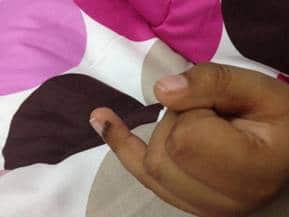
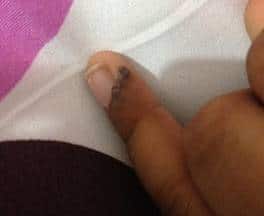
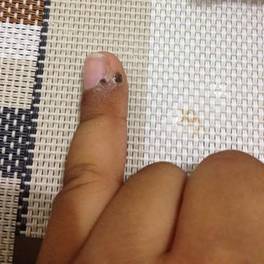
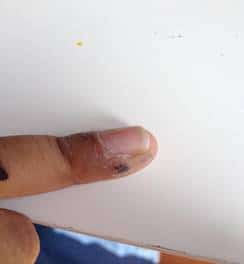
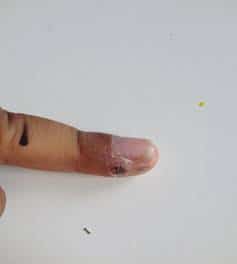
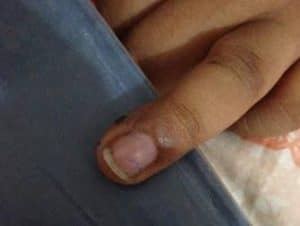
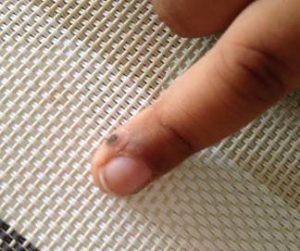
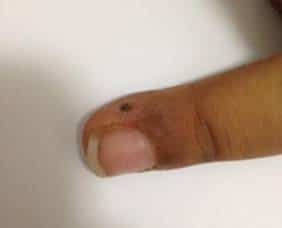

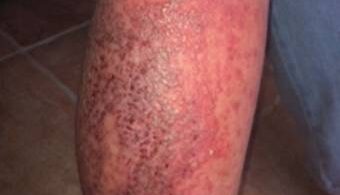


nice work Jaya,simple and sweet!!
Thank you Dr. Sonali 🙂
Thank you for this interesting case study on Thuja. Since the boy was “very active, excited, impatient, easily angered, and short-tempered,” I’d like to know if these symptoms disappeared also. I have a family member who has those same traits, along with a ganglion in each wrist which Thuja 30c did not clear up. Thank you again for writing this helpful article.
Thank you for your lovely words Linda, glad that it is helpful. Thuja did help with his anger and temper as well. He also had started enjoying jokes, (selected a book of jokes from book-shop which was unlike him before), making pranks. He gets angry now also but not so quick and also not so intense and is able to analyze the situation and find a way out. He is better in working in odd situations with friends and at home. He is active as before, likes to be doing something, which is creative (lego/art/paper-craft/coding/games). Impatience wasn’t gone fully but reduced. For impatience, I also consider his age so overall it seemed to have a positive effect.
Hope this is useful. Please do let me know if there is anything I missed 🙂